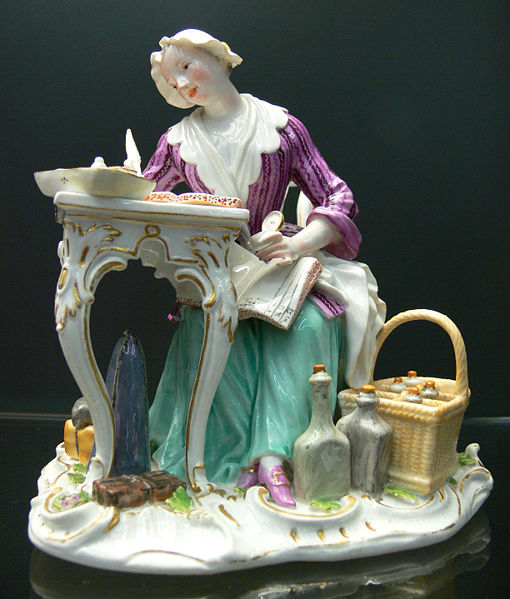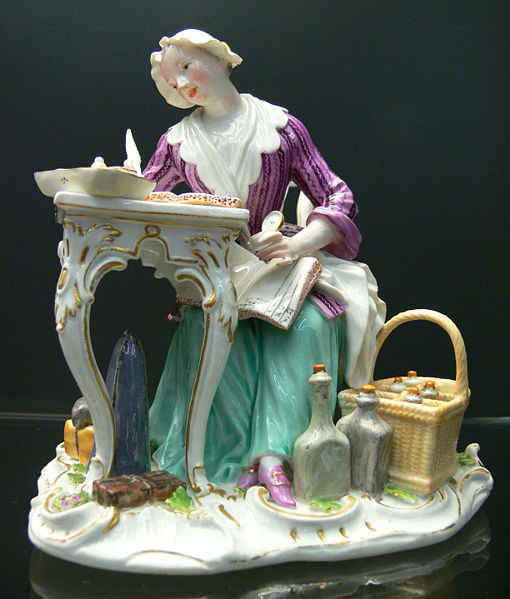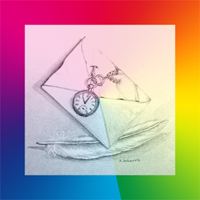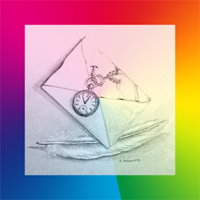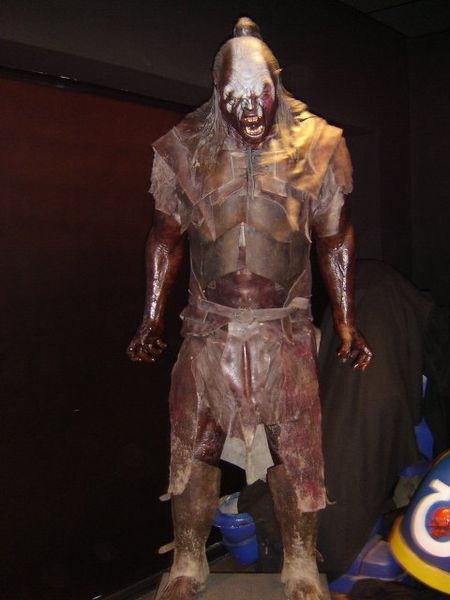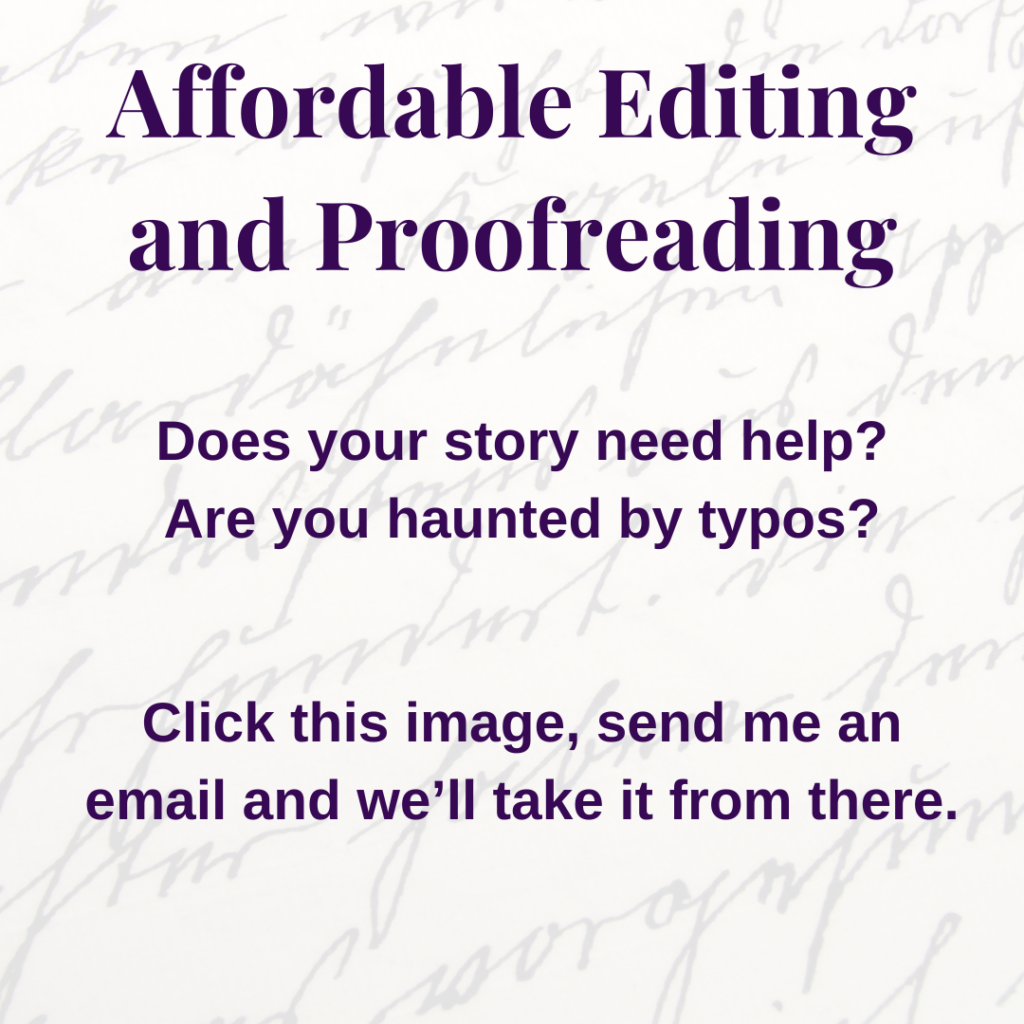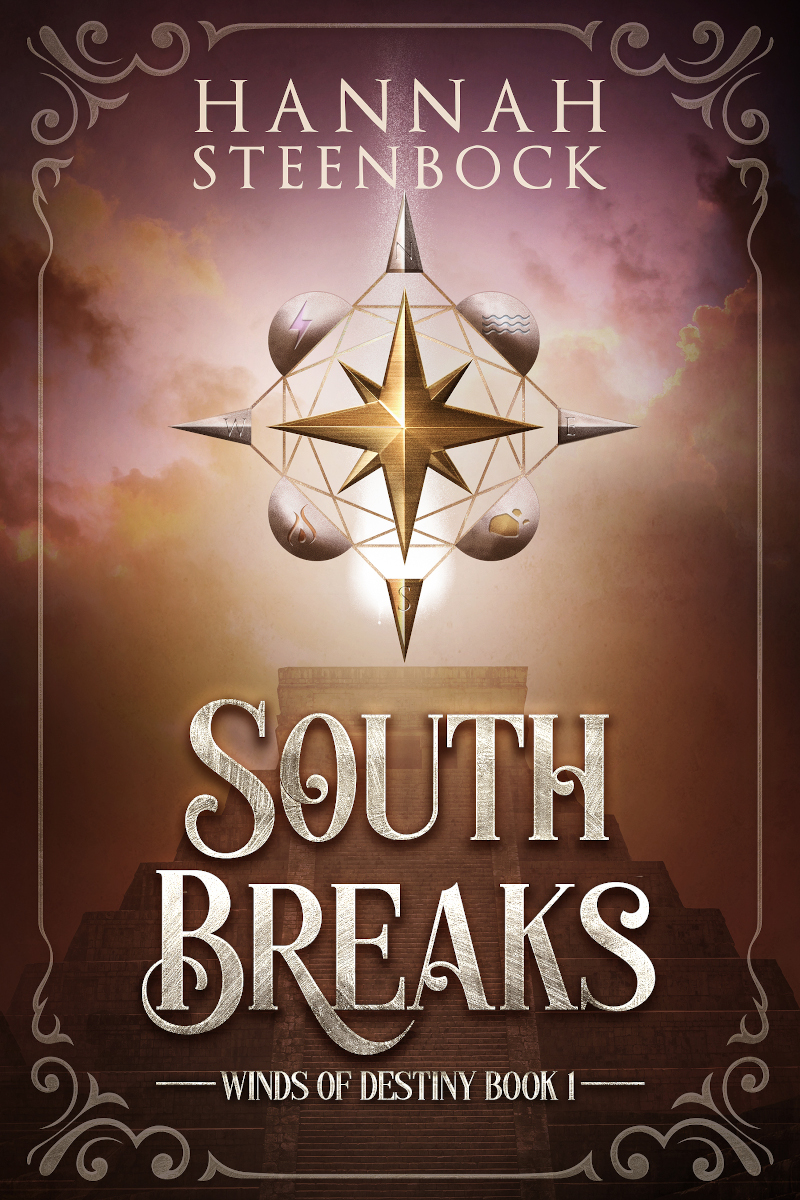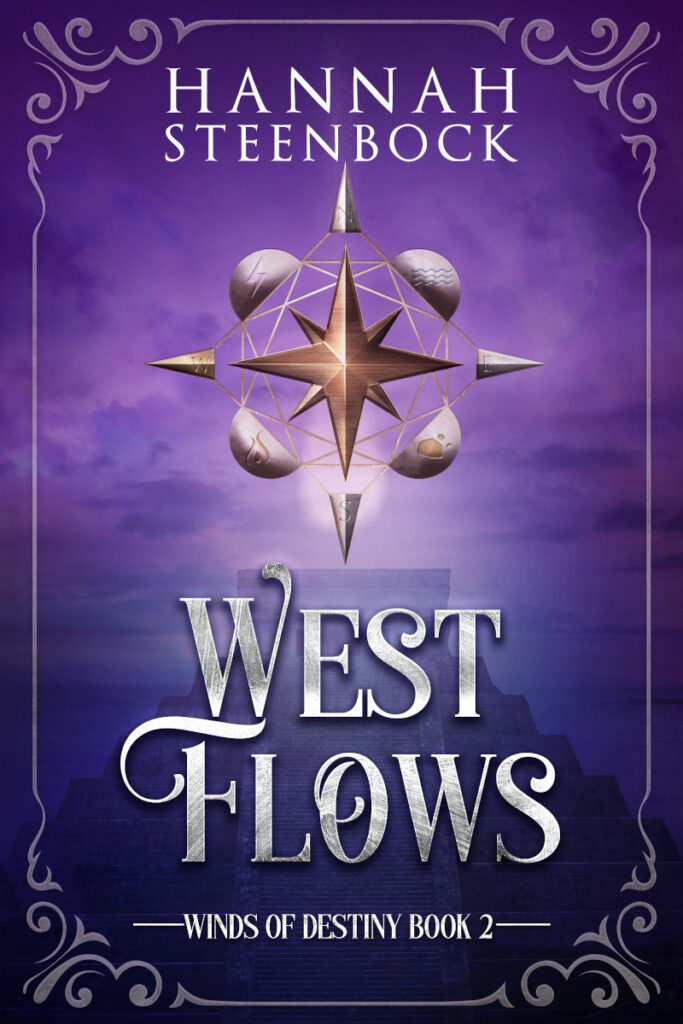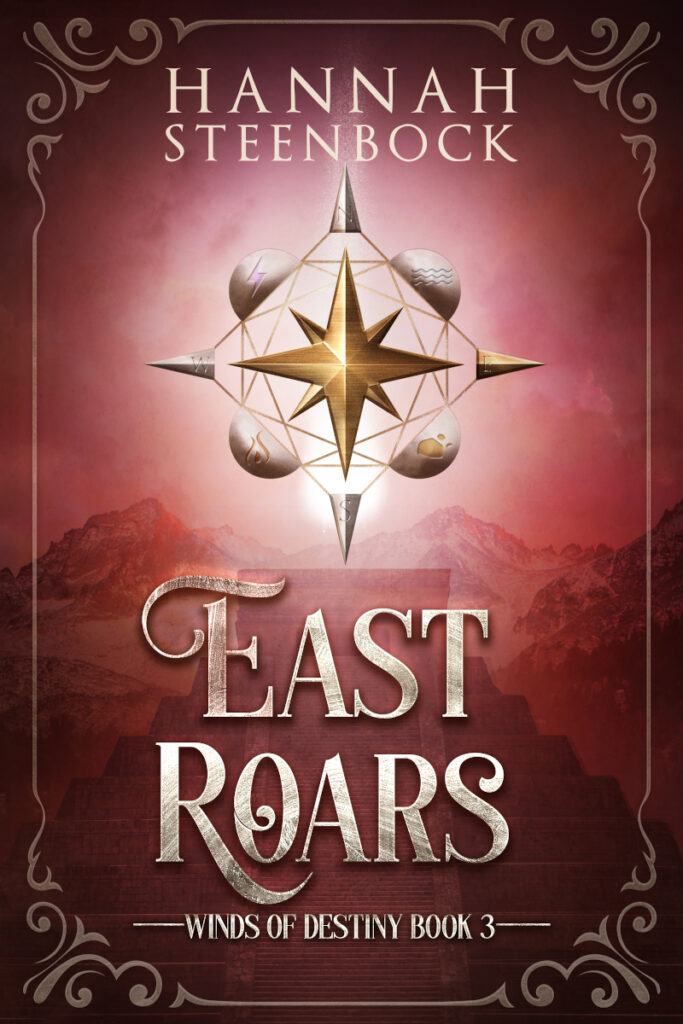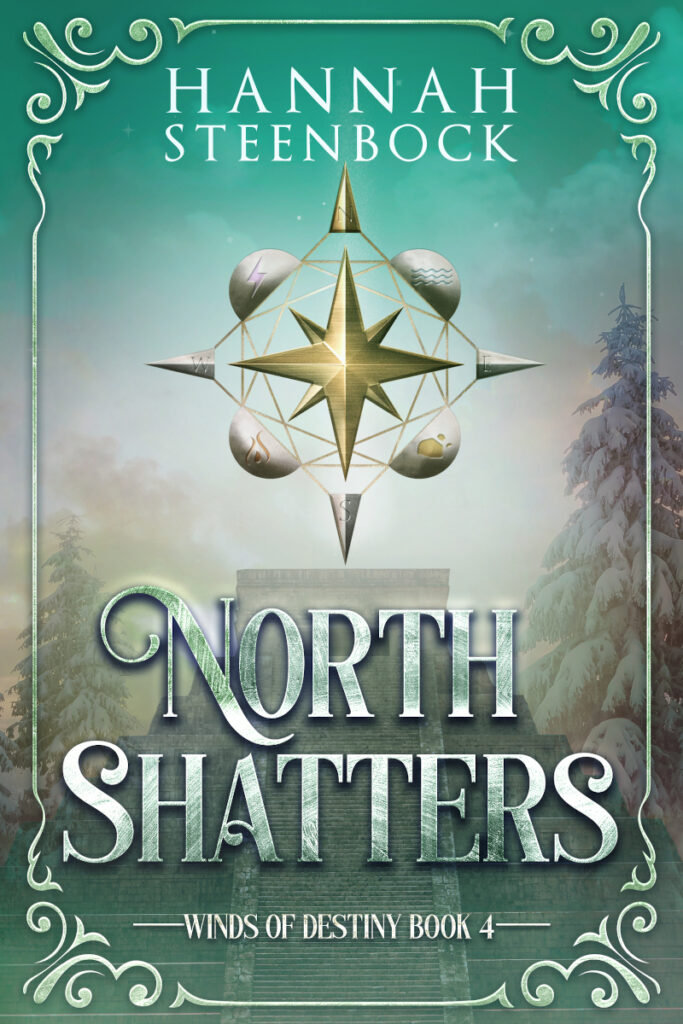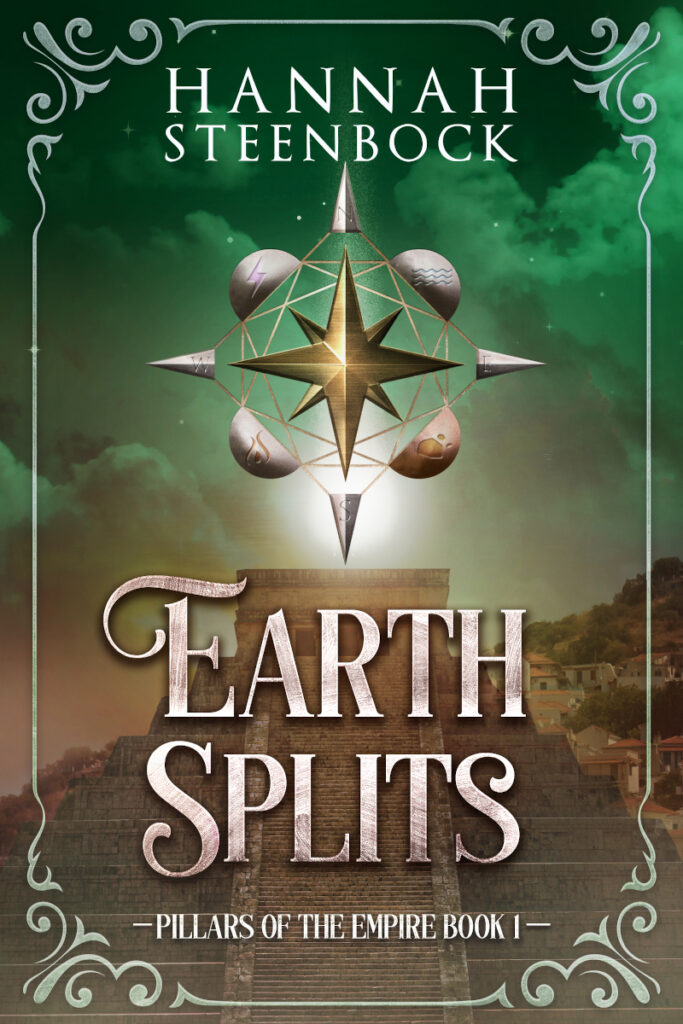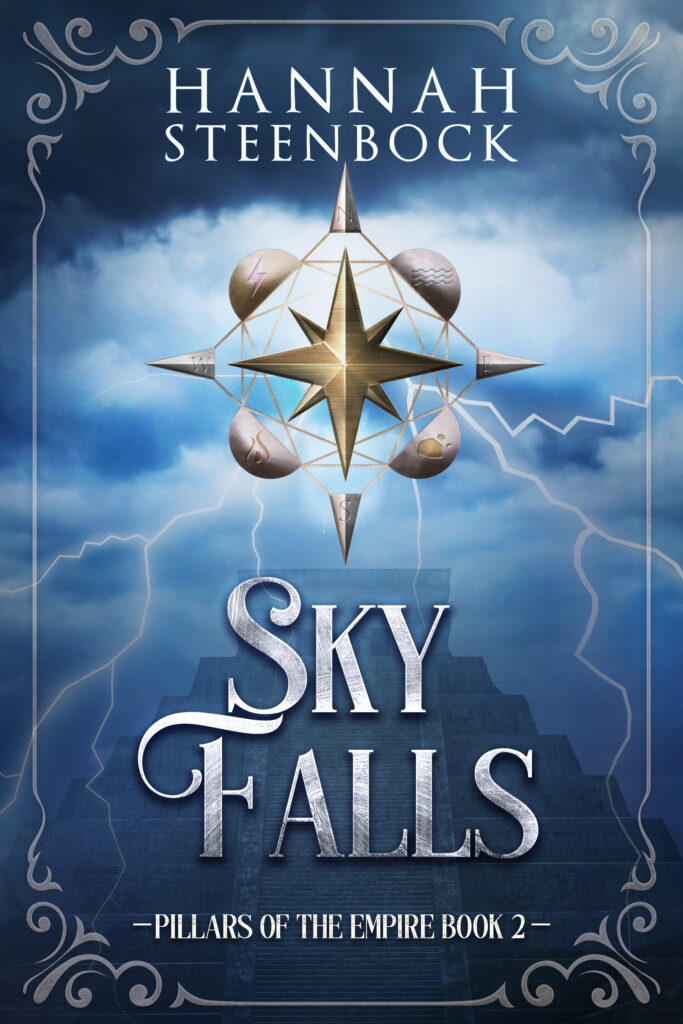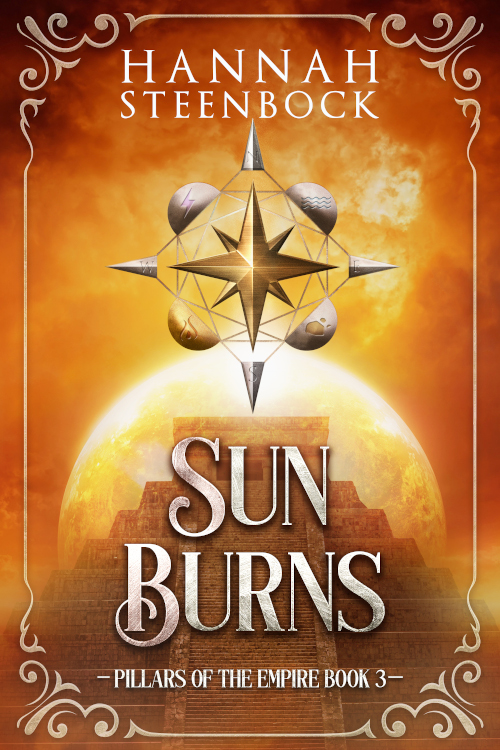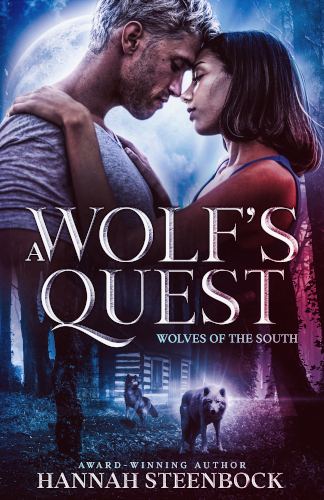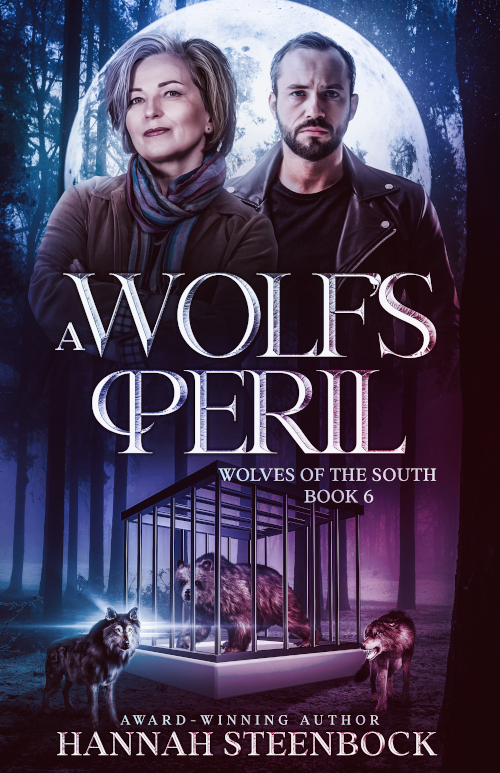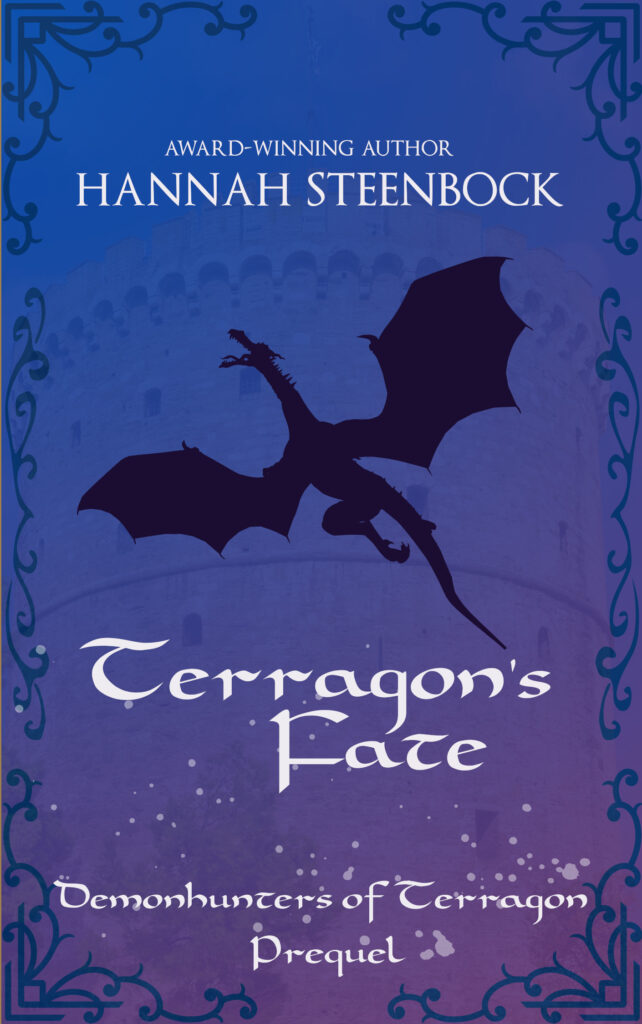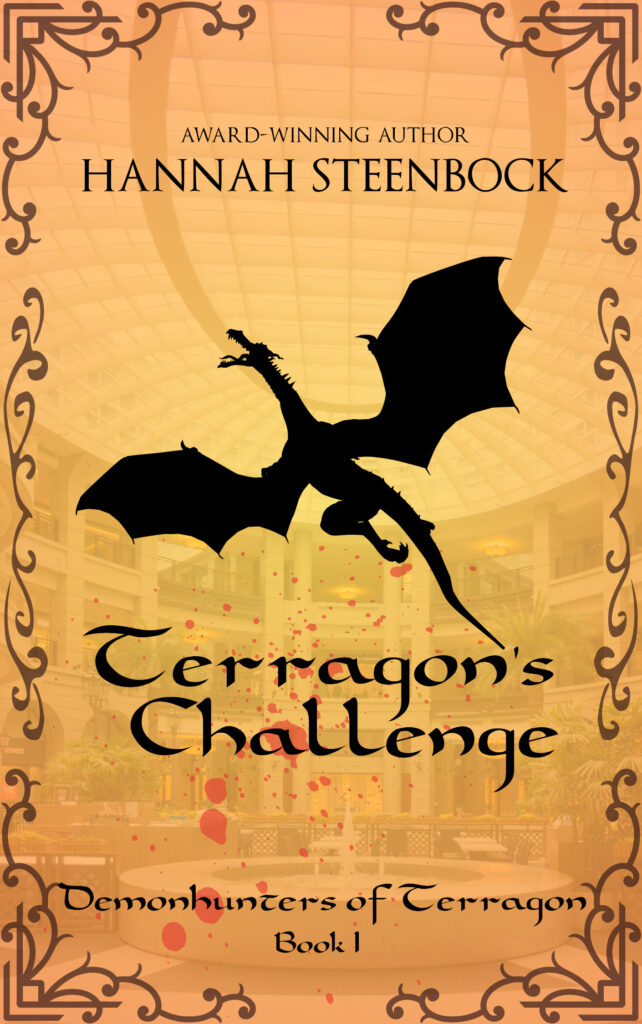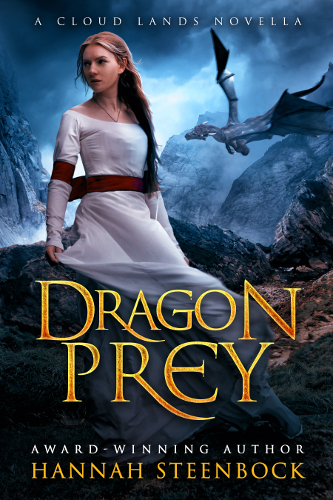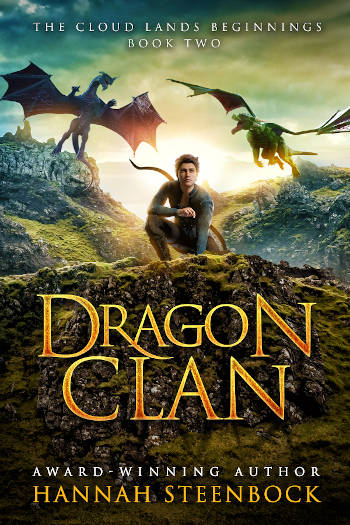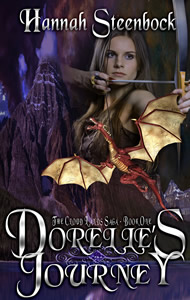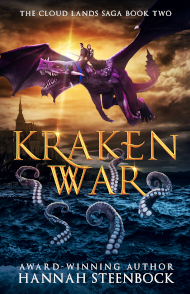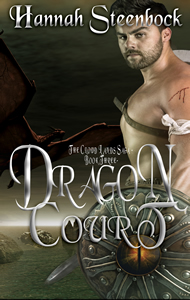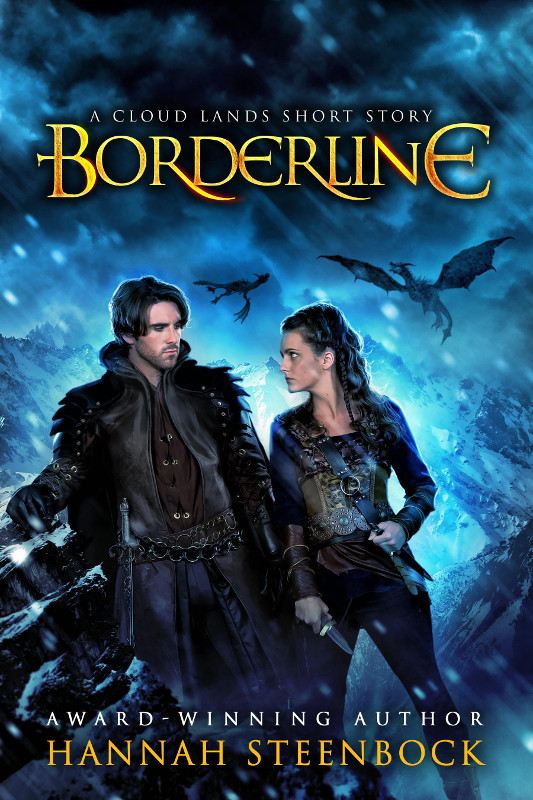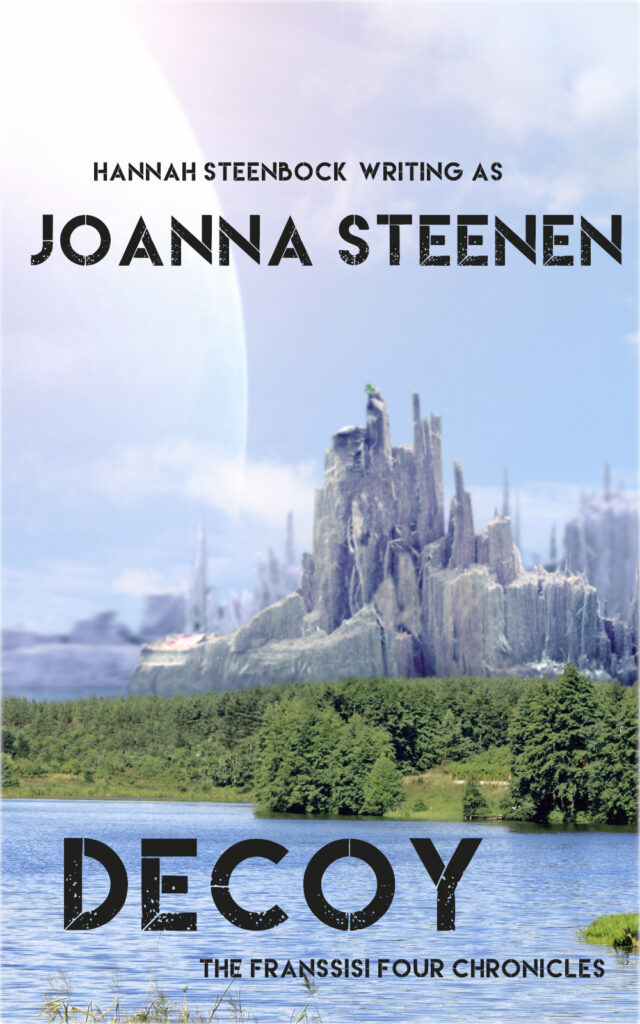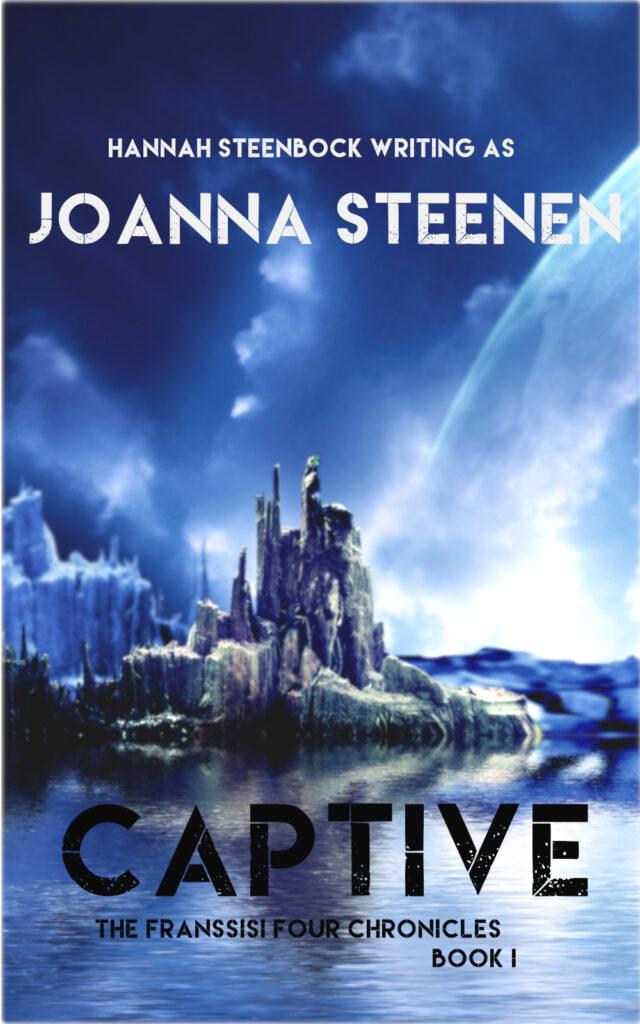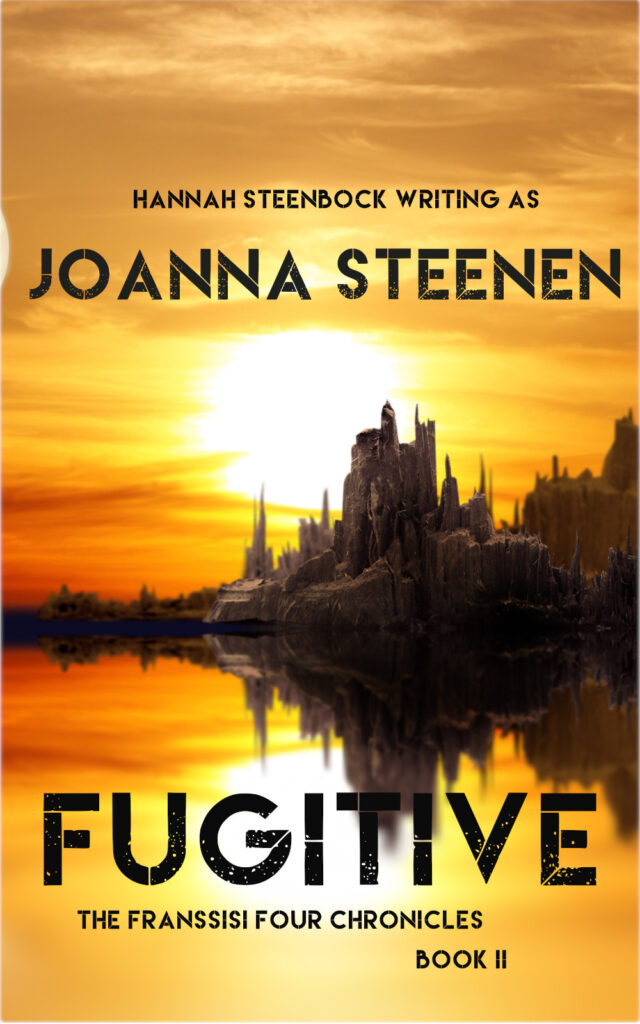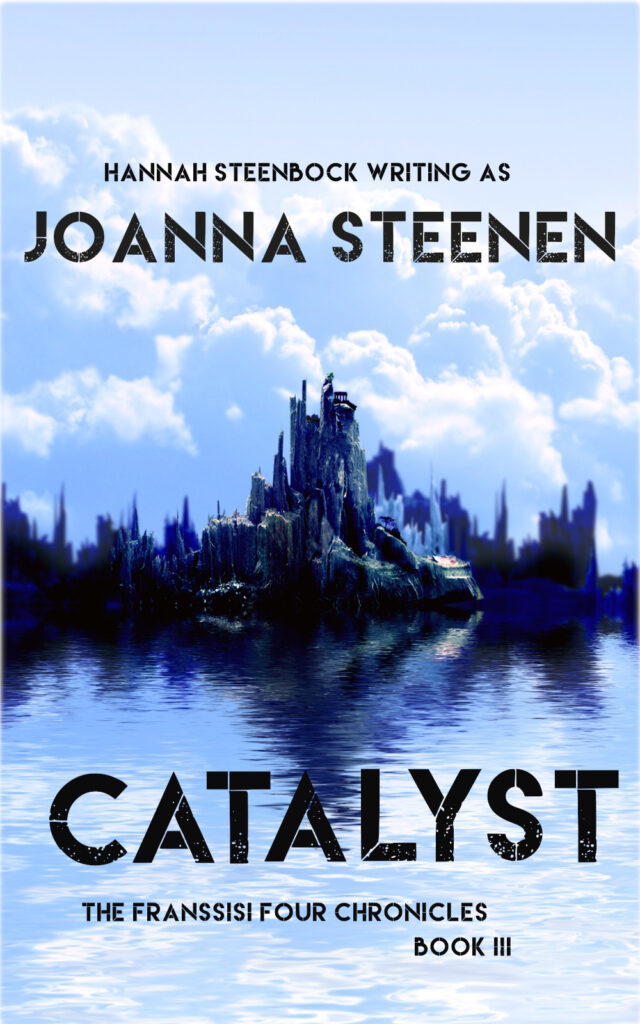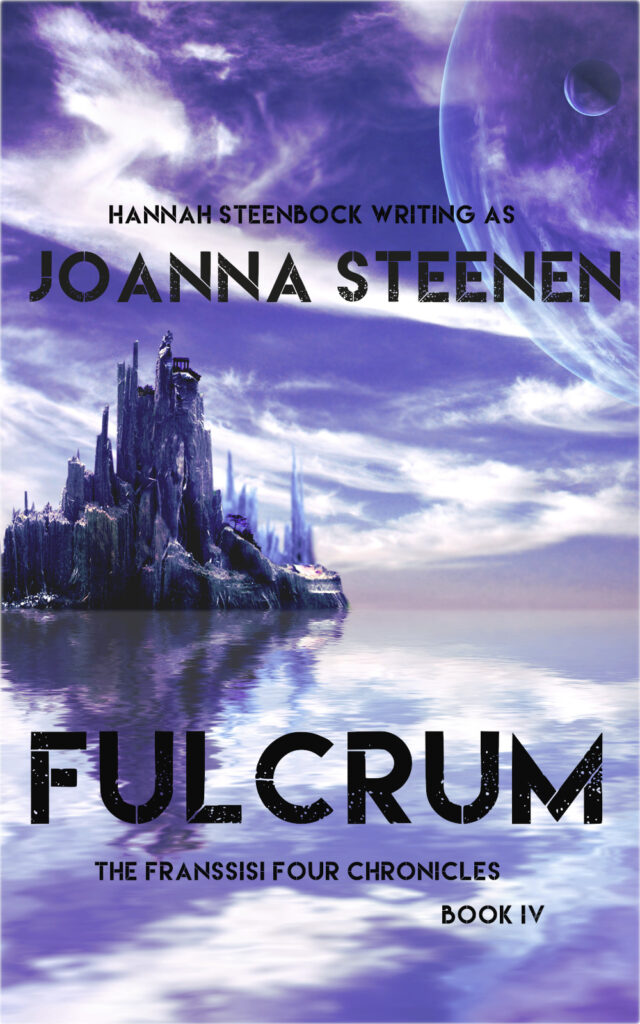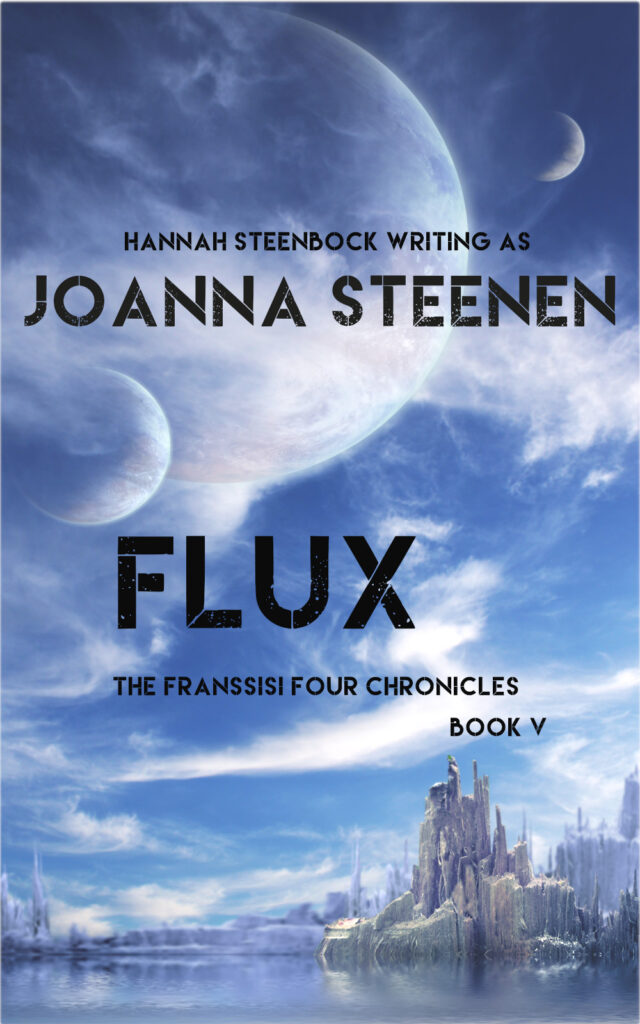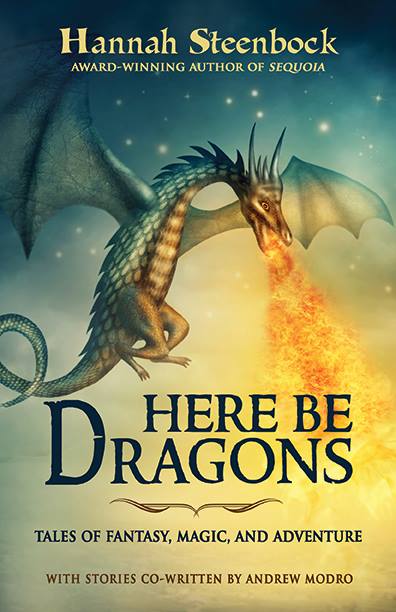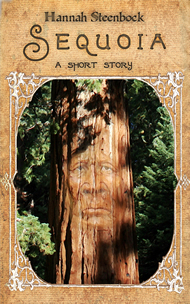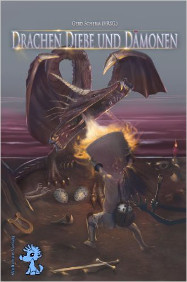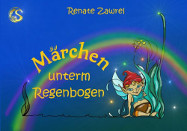Sadly, I don’t have any pictures. Thinking myself smart, I packed the charging cable for my camera and then went and forgot the camera itself. Even so, I want to tell you about an amazing weekend.
For me, the BuCon started on Friday morning. Very early on Friday morning, as my ride to Dreieich, just to the South of Frankfurt, left at 6am. A friend of mine had offered to drop me off there on her way to visit her parents. Of course, it was still pitch dark when I got up at 5am. But an amazing sight greeted me: An incredibly clear sky with the small sickle of the waning moon paired with that I think was Jupiter. I could even see Orion’s Sword – a rare sight in the middle of Kiel.
The drive was remarkable, as well. Remarkably easy, that is. We saw a number of traffic jams caused by road work and accidents – but they were all on the other side of the road. We even found the hotel right away, without satnav/GPS.
Friday evening held the first surprise. I had planned to go to a pre-meeting and see writing friends. But then I met one writing friend, Wolfgang, in the hotel corridor. He said he was meeting with two other friends and asked if I wanted to come. I could literally feel Fate raise her hand. So I went and had dinner with him, Berta Berger and her sister, two wonderful Austrian ladies.
Then I figured out why Fate had intervened: I got a very well-placed, very well-meaning and well-delivered kick to a certain dorsal body part, coupled with the admonition to get back into writing. Which I vowed to do.
Fate wasn’t done, either. I can’t go into detail just yet, but I had two encounters of a special kind on Saturday at the Con. After that, I was so shell-shocked that even presenting the Mannwolf novel at the Geschichtenweber reading couldn’t phase me. The reading went well despite me feeling rather unreal – maybe because of it. I got to sign at least half a dozen of the novel afterwards.
In the evening, I attended the award ceremony for the German Spec. Fiction Prize, but felt as if in a haze. Even so, I remember a good friend receiving the award for the best short story. Nina Horvath really deserved it, she’s been writing amazing short stories for years. And then the publisher of the Mannwolf novel, Erik Schreiber, received the prize for the best anthology. Congratulations!
Afterwards, we traditionally meet in a restaurant nearby. This time, there were so many writers that we hardly fit. However, they made a great effort and managed to deliver the food to the right people, even after we moved to different tables. We probably have to book the entire restaurant for next year!
On Saturday morning, I had also managed to solve my remaining nagging problem: How to get to the train station at Frankfurt Airport in time. There is a direct bus line from the hotel to the Airport, but on Sundays, it starts operating at noon. My train, however, left at quarter to eleven. Oliver, another writing friend and member of the Geschichtenweber, very gracefully offered to drop me off there on his way home. So I could sleep in a little and enjoy the hotel breakfast, talking with even more writers.
Fate was still looking out for me. Thanks to satnav, we found the station easily. I had reserved a seat, and it was vacated for me without a single word of protest. And after the stop in Frankfurt Main Station, where the train is turned around, I was happy riding forward.
When the train started to run behind schedule, and even halted on top of a huge brigde for ten minutes (because of “technical difficulties” with the train before us), I began to wonder whether my luck had run out. At that point in time, I had no idea of the odyssey the passengers in that train had to endure. As it turned out, the railway control center in the town ahead was malfunctioning, and that train ended up being diverted. Which meant that all passengers booked for that train rushed my train when it finally stopped there.
Thus my train was even more behind schedule, so much that it seemed I’d miss my connection to Kiel (I had to change trains in Hamburg). At first, I had scoffed at having half an hour for changing trains, but that margin of safety was being eaten away minute by minute. Yet Fate was still holding her hand over me. The train crew rushed as much as they could, and in the end, I was able to just stroll over to the other side of the platform and hop onto my train to Kiel.
At the last major stop before Kiel, I also found out what had happened to the train that was diverted: The poor passengers were three hours late by that time, and had to get off the train and continue with the regional train I was on, because their ICE was urgently needed for the return run. I was still lucky, as I got home just as planned around 5pm.
I still believe that Fate was working overtime that weekened. In addition, it was wonderful to meet all those writing friends, to get reacquainted and just think about writing for a change. And I’ll be back writing, too.

